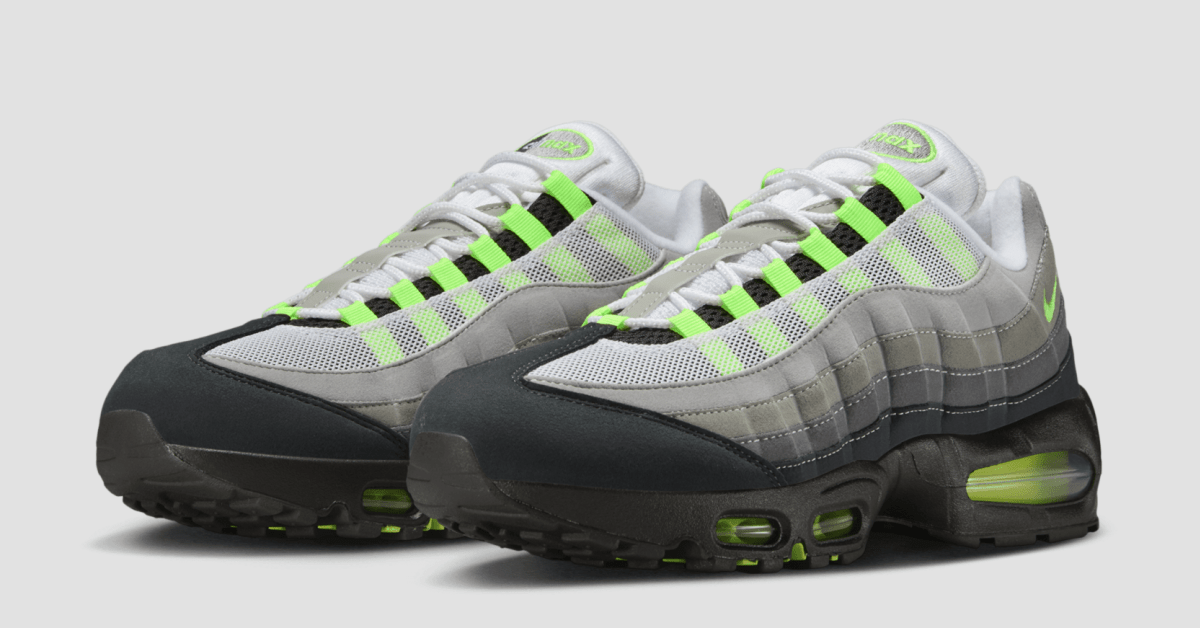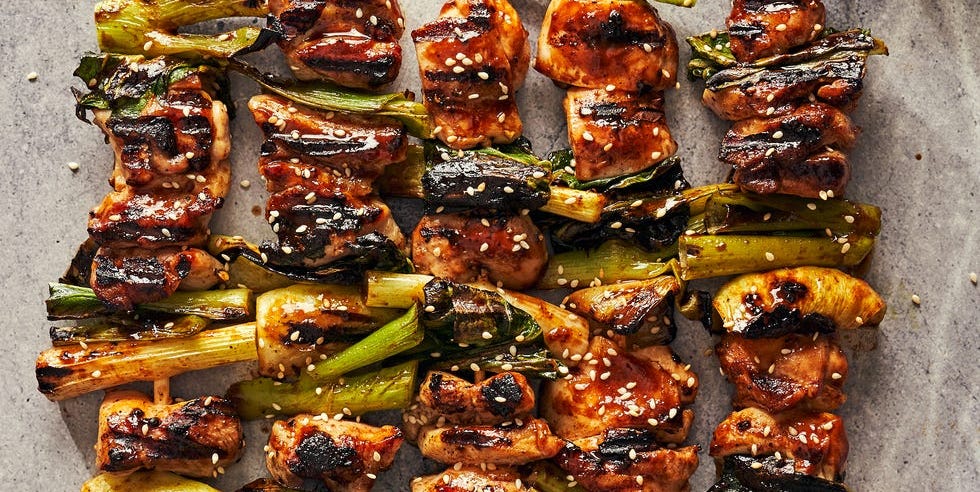It’s not hard to find a good smashburger these days. In fact, it feels like they’re everywhere. Beef smashed down into a thin patty, sandwiched between a soft and squishy round bun, and topped with a blanket of melty, yellow American cheese. Toppings can vary; some onions—raw or caramelized—a couple pickles, perhaps, and all of a sudden the whole becomes even greater than the sum of its parts. Salt. Fat. Acid. Beef. But the pendulum must swing the other way, I say. Nowadays I’m craving big, thick-pattied burgers. Some call these tavern burgers or pub burgers or even bistro burgers. Whatever you dub them, let’s bring back the beef.
You know the ones I’m talking about: the hamburgers you see at places like the old-school steakhouse Peter Luger in Brooklyn, where the patty is prominent and the beef has the unmistakable bite of high-quality meat and the smell of dry-age funk. That’s what I want. Pink center, juices oozing down my wrist. (Though there’s no one hard-and-fast rule in terms of size for these burgers, they should clock in at a good 8 oz/half pound of beef and measure one to two inches high.)
In some ways, this is a countercultural argument. Beef smashed thinly was likely the original style when the hamburger first made its debut back in the late 1800s: “In the beginning, all hamburgers came from street carts that were dragged out to a factory site,” says burger scholar turned restaurateur George Motz, who serves smashburgers at his SoHo, Manhattan, luncheonette, Hamburger America. “The only way to feed someone quickly was to make a smaller burger and smash them flat. The entire trend you see now is the most historically accurate version of the hamburger.”
When did my preferred style arrive? “No one knows for sure,” says Motz on the timeline, though he suspects it was likely around the 1940s in New York City. What is for certain, however, is that a tavern-style burger is more difficult to execute well. There are so many more variables at play and less room for error: Cooks must keep a watchful eye, being careful not to over- or undercook the patty, and sourcing has to be on point, too—American cheese and a commodity potato roll aren’t enough to mask bad beef.
Excellence can be found, though. I’ve been writing about food for the past decade and reporting for Esquire’s Best New Restaurants in America package for the past four years—I’ve eaten my fair share of burgers. These following seven options are some of the best bites you can take in the country.
Peter Luger Steakhouse
Brooklyn
The lunch-only burger at Peter Luger is nearly as iconic as the (nearly) 140-year-old steakhouse. The burger was put on the menu in the mid-90s and is an exercise in restraint. Just three components come with the order by default: beef—a blend of USDA Prime ground chuck, dry-aged sirloin, and tenderloin that’s formed into at least a half-pound puck—a sturdy sesame-seeded bun, and slice of raw white onion. Cheese is extra, as is a slice of the juicy thick-cut bacon. You could do without, or you could get both. There’s no wrong answer here.
Red Hook Tavern
Brooklyn
The fragrant funk of aged beef permeates the air inside Billy Durney’s very vibey Red Hook Tavern, and that’s because there’s a burger on every table. Durney’s version pays homage to the iconic Luger Burger: There’s a big, 8 oz patty composed of dry-aged beef (a 50:50 blend of 45-day dry-aged prime New York Strip and hanger) and it’s covered with plenty of black pepper and seared on the plancha so that it gains a crispy crust. The burger is enveloped with melted yellow American cheese and rests over a quarter-inch-thick slice of raw white onion that soaks up the beef’s juices. The whole thing is nestled in a buttered and toasted sesame-seed-studded bun and is served with a pickle and crispy cottage fries—they’re just more fun to eat.
Standby
Detroit
This past July, Matty Matheson partnered with Detroit cocktail destination Standby to work on the food program. He introduced the Bistro Burger, which consists of a half-pound mix of tenderloin, ribeye, chuck, and sirloin using grass-fed/grain-finished tender and flavorful Piedmontese beef. The patty is cooked to a juicy medium, pink all the way through, topped with American cheese (of course), a thin shaving of onion, and pickles. There’s also a simple special sauce (a mix of ketchup, mayo, and yellow mustard), along with crunchy iceburg lettuce and tomato. Crispy bacon is optional but highly recommended, and the whole thing is served on a soft challah bun. “It’s just a perfect burger” says Matheson. “When you close your eyes and think of a burger, that’s it—8 oz juicy bad boy.”
LeRoy and Lewis Barbecue
Austin
At LeRoy and Lewis’s restaurant in South Austin, pitmaster Evan LeRoy started doing burgers as a way to use up extra beef scraps. He makes a thick patty with a 1/2 lb blend of brisket, flat iron, and trim from other cuts. It’s given a heavy coat of pepper and salt, smoked over post oak to medium, then seared on a hot griddle to achieve a nice crispy crust on the exterior. It’s topped with American cheese, pickles, and grilled onions and served in a squishy potato roll, slathered with a special-sauce mix of mayo and barbecue sauce. This one is a juicy smokebomb in the best way possible.
Audrey
Nashville
Count on the legendary, James Beard Award-winning chef Sean Brock to create an insanely elevated burger that’s technique-driven and thoughtful, right down to the tomato. His hickory burger is made with an 8 oz blend of Bear Creek Farm beef and hickory smoked bacon. The patty is then slowly grilled over hickory-wood embers and is topped with sweet shaved onions and melted Colby Jack cheese. The patty is placed in a buttermilk brioche bun studded with benne seeds and slathered with a mayo made from hickory-nut oil, tomato concentrate, beef garum, and a syrup made from hickory bark. It’s finished with spicy pickle and a tomato brushed with tomato concentrate. These labor-intensive babies are served Monday night only upstairs at Bar Audrey.
The Morris
San Francisco
Burgers and Burgundy (red, in this case) are a beautiful pairing, especially when it comes from sommelier/owner Paul Einbund’s stash at The Morris in San Francisco, an Esquire Best New Restaurant class of 2017. Here chef Gavin Schmidt puts his own spin on a big thick burger, topping a meaty, 8 oz patty laced with dry-aged beef fat (that he grinds in house) with funky raclette cheese and a creamy, subtly shellfishy lobster béarnaise sauce. (Ask for a side extra to dip the handcut fries.) There are pickled red onions to cut through the richness and little gem lettuce to lighten and lift, and the sturdy potato buns speckled with rosemary are made in house. The kicker: These are sold only on Wednesdays, and they only do twelve of them.
NOPA
San Francisco
There’s an incredible amount of craft and care that goes into the NOPA burger. For nearly two decades, chef Laurence Jossel and his team have been making literally every component from scratch, right down to brioche burger buns (!). They grind down organic grass-fed chuck and shoulder, coming from nearby regenerative farm Stemple Creek, which they form into half-pound patties by hand. They season the plump pucks with salt and grill them over almond wood. For toppings, they slice down big blocks of cheese (Gruyère or cheddar, your choice), and they pickle their own onions and make their own aioli. They also smoke their own bacon, which is optional, and they hand-cut their own Kennebec fries. It’s a lot of work, and yet they do it anyway. It’s a best sell for a reason at this San Francisco institution.
Read the full article here















